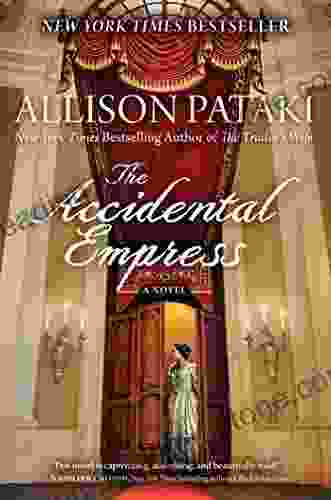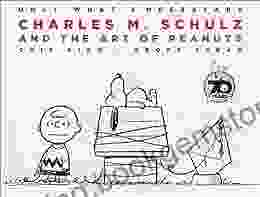: The Essence of Theater
Theater is a unique and captivating art form that has captivated audiences for centuries. It has the power to transport us to other worlds, introduce us to unforgettable characters, and provoke profound emotions. However, understanding the true depth and richness of a play requires more than just watching the performance. It requires an active engagement with the text, an exploration of its inner workings, and an unraveling of its hidden layers of meaning.
Unveiling the Play's Themes
One of the key elements in finding the life of a play is uncovering its central themes. Themes are the underlying ideas and messages that the playwright communicates through the story. They provide the backbone of the play and give it resonance and significance. To identify themes, it is essential to pay attention to recurring ideas, patterns, and motifs that emerge throughout the text. These themes may be explicit or implicit, and their exploration can provide insights into the playwright's intentions and the play's broader implications.
Exploring Character Dynamics
Characters are the driving force behind any play. They are the vessels through which the themes are expressed and the story is brought to life. Understanding the characters' motivations, desires, conflicts, and relationships is crucial for interpreting the play's meaning. By analyzing their dialogue, actions, and interactions, we can gain a deeper understanding of their complexities and the roles they play in the overall narrative.
Delving into the Language and Wordplay
The language used in a play is not merely a means of conveying information; it is an integral part of the play's life. Playwrights employ a wide range of literary devices, including metaphor, simile, symbolism, and imagery, to create vivid pictures, evoke emotions, and establish deeper layers of meaning. Analyzing the language of the play can reveal hidden connections, foreshadowing, and subtext, enriching our understanding of the play's themes and characters.
Uncovering Symbolism and Motifs
Symbolism is a powerful tool that playwrights use to convey abstract ideas and emotions. It involves using objects, actions, or characters to represent something more profound. By identifying and interpreting symbols, we can unlock hidden layers of meaning and gain a deeper understanding of the play's themes and characters. Motifs, on the other hand, are recurring patterns or elements that add depth and cohesion to the play. They can serve as symbols or simply reinforce the play's central ideas.
Interpreting the Historical and Cultural Context
No play exists in a vacuum. It is always influenced by the historical, social, and cultural context in which it was written and performed. Understanding this context can provide invaluable insights into the play's themes, characters, and language. By researching the playwright's time period, the social norms, and the prevailing cultural beliefs, we can gain a more informed perspective on the play's significance and how it resonates with its audience.
: The Enduring Power of Theater
Finding the life of a play is an ongoing journey of exploration and discovery. By engaging with the text, examining its elements, and considering its context, we can uncover the play's deepest meanings and unlock its transformative potential. Theater has the ability to challenge our assumptions, broaden our perspectives, and inspire profound emotional experiences. Embracing the life of a play is to embrace the power of art and storytelling, to connect with our humanity, and to find meaning in the human experience.


























































































































































































































































































































































































































































































































































































